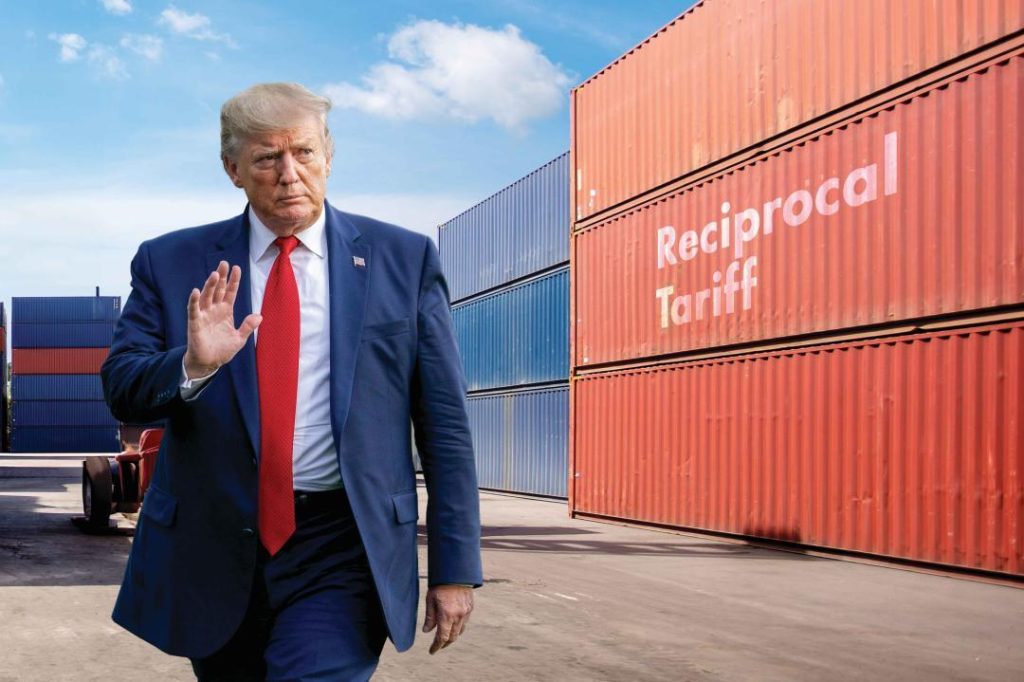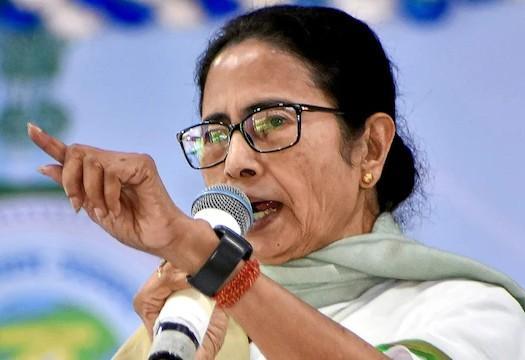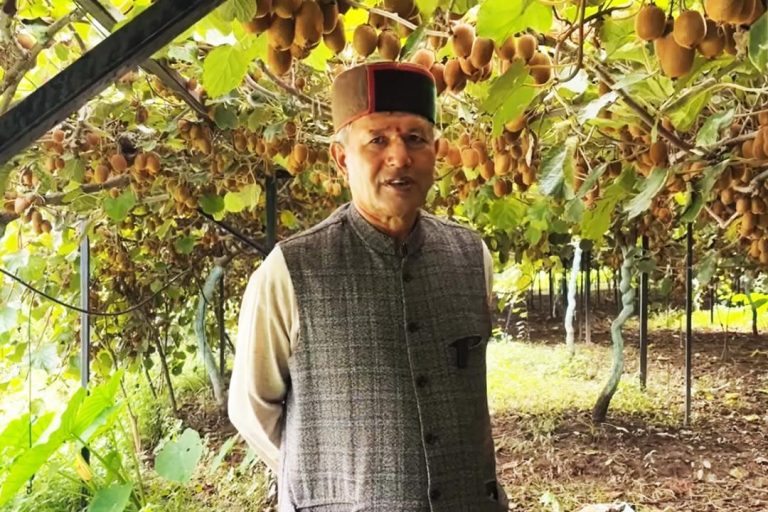
The Great Tariff War: Disruption, Diplomacy, and the Future of Trade
The ongoing trade tensions between the United States and other nations have been making headlines globally, and the latest development is the announcement of tariffs on Chinese goods worth approximately $300 billion. This move comes amid ongoing trade negotiations between the US and China, aimed at reaching a bilateral trade agreement worth $500 billion by 2030. The tariffs have sent shockwaves across the global economy, and the world is holding its breath to see how this will impact international trade.
One of the most significant beneficiaries of this tariff war is India. As the global supply chain shifts towards the Asian giant, India is emerging as a key alternative to China. Industry experts believe that this presents an opportunity for India to strengthen its position as a global manufacturing and logistics hub.
The Trump Tariff War: A Brief Overview
The tariff war, also known as the “Trump Tariff War,” began in 2018 when the US imposed tariffs on steel and aluminum imports from China, citing national security concerns. Since then, the US has imposed tariffs on various Chinese goods, including electronics, textiles, and machinery. China has retaliated by imposing tariffs on US goods, including soybeans, pork, and aircraft.
The latest development is the announcement of tariffs on Chinese goods worth $300 billion, which includes a wide range of products such as electronics, clothing, and furniture. The tariffs will take effect in two phases, with the first phase kicking in on September 1 and the second phase on December 15.
Impact on Global Trade
The tariff war has had a significant impact on global trade, causing disruptions and uncertainty in the supply chain. Many companies have been forced to re-evaluate their global supply chains, looking for alternative sources of raw materials and components.
The impact has been felt across various industries, including manufacturing, logistics, and technology. Companies that rely heavily on Chinese imports, such as Apple and Amazon, have been affected, as have companies that export goods to the US, such as German automakers.
Opportunities for India
The tariff war has created opportunities for India to strengthen its position as a global manufacturing and logistics hub. India has been working to improve its business environment, simplifying regulations and reducing bureaucracy.
The country has also been investing in infrastructure, including ports, roads, and logistics facilities. This has made it an attractive destination for companies looking for alternative supply chain options.
India’s emergence as a global manufacturing hub is driven by several factors, including:
- Skilled workforce: India has a large and skilled workforce, with a strong presence of engineers, IT professionals, and skilled laborers.
- Low labor costs: India has a cost advantage over China, with lower labor costs and a more favorable business environment.
- Proximity to markets: India’s geographic location makes it an attractive destination for companies looking to export goods to the Middle East, Africa, and Southeast Asia.
- Government support: The Indian government has been actively promoting the country as a manufacturing hub, offering incentives and tax breaks to attract foreign investment.
Challenges Ahead
While India presents an attractive alternative to China, there are several challenges that need to be addressed. These include:
- Infrastructure: India’s infrastructure, including ports and logistics facilities, needs to be improved to support the growth of the manufacturing sector.
- Regulations: The country’s regulatory environment is complex and bureaucratic, which can be a challenge for foreign investors.
- Skills gap: India faces a skills gap, particularly in areas such as robotics and automation, which can be a challenge for companies looking to invest in the country.
- Competition: India will face competition from other countries, including Vietnam, Thailand, and Indonesia, which are also looking to attract foreign investment.
Conclusion
The tariff war between the US and China has created opportunities for India to emerge as a global manufacturing and logistics hub. The country’s skilled workforce, low labor costs, and proximity to markets make it an attractive destination for companies looking for alternative supply chain options.
However, there are several challenges that need to be addressed, including infrastructure, regulations, skills gap, and competition. If India can overcome these challenges, it has the potential to become a major player in the global supply chain and a key alternative to China.
News Source:
https://www.logisticsoutlook.com/supply-chain/the-great-trump-tariff-war






